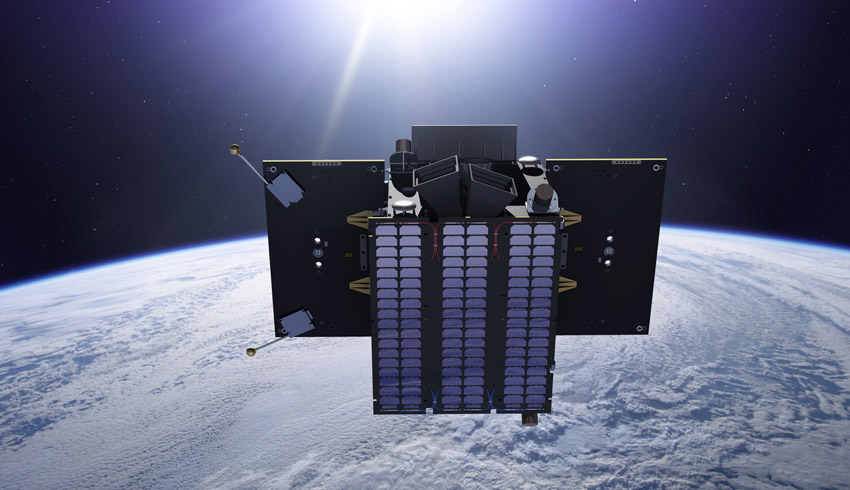The meeting is the Space19+ ministerial meeting on 27 and 28 November, which will set European Space Agency (ESA) priorities for the next two to three years.
What’s proposed is the Hera mission, with 1,200 scientists and other backers signing a letter calling on the ESA member states to fund the mission.
Three years ago, the ESA ministerial meeting knocked back a similar proposal.
As currently planned, the Hera mission would follow the 2022 NASA Double Asteroid Redirect Test (DART) mission to the asteroid Didymos and its small accompanying moon, aptly named Didymoon.
This will be the first ever purely planetary defence mission with the intention to crash a probe into a (non-threatening) asteroid to determine if its orbit can be altered.
Didymoon is the target and an orbital variation will be readily detected as its path diverges from its companion.
The US government has charged NASA with keeping watch for potentially harmful asteroids. That’s done through a network of ground-based telescopes and a single space-based infra-red telescope.
As now envisaged, Hera would launch in October 2024 and arrive at Didymos and Didymoon in December 2026.
“What Hera wants to do is measure precisely the effect of this impact,” Patrick Michel, principal investigator for Hera, said at a press conference in Berlin.
In particular, Hera will examine the DART impact crater. He said this would be useful for planetary defence and broader planetary science.
Japan’s Hayabusa2 mission to the asteroid Ryugu, now on route back to Earth for landing in Australia, showed that some more knowledge would be useful.
Hayabusa2 fired a small impactor weighing only a couple kilograms at Ryugu to uncover internal material for collection. That was predicted to produce a two-metre crater but it was actually much bigger, 10 metres across.
Hera will produce a better appreciation of the asteroid’s mass and whether a threatening asteroid could be deflected.
Michel said understanding the Didymoon crater was important for planetary defence.
“It’s also important for science, because the way we date the surface is by counting the craters and measuring their sizes. This relies on the relationship between the crater size and the projectile size,” he said.
Kai Wünnemann, head of the department of impact and meteorite research at the Museum für Naturkunde Berlin, said without the Hera mission we could never examine the crater.
“[We] see the properties of the body and wouldn’t know the mass,” said Wünnemann. “All these things that are absolutely crucial for making progress in terms of our modelling predictions.”
ESA itself has acknowledged it didn’t do a very good job at convincing member states to fund the proposed Asteroid Impact Mission three years ago.
This time round it’s been more actively promoting the mission, even releasing a video narrated by astrophysicist Brian May, former lead guitarist of the band Queen.
“This ESA mission will be humanity’s first ever spacecraft to visit a double asteroid,” May says on the video.
“This asteroid is typical of the thousands which pose an impact risk to our planet.”

